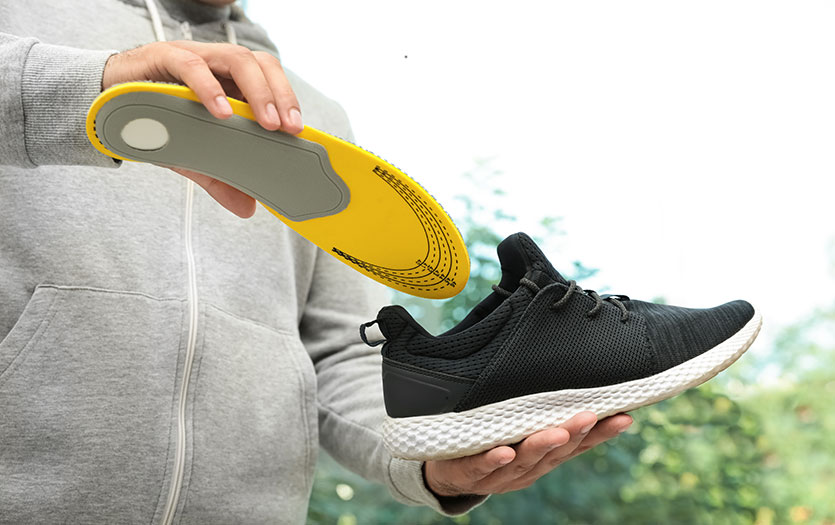Summer days are spent splashing in neighborhood pools, family ponds and inviting lakes. But all that water play can mean ear pain for little ones. Shobana Pandian, MD, PPG – Pediatrics, helps us decipher the differences between outer ear infections (commonly called “swimmer’s ear”) and the common inner ear infection.
Swimmer’s ear.
An outer ear infection – otherwise known as swimmer’s ear or otitis externa – is an infection of the ear canal. This can be caused by the breakdown of the skin lining of the ear canal. Causes include water, picking the ear canal, or foreign bodies in the ear. Symptoms include pain, swelling and sometimes drainage.
Treatment for swimmer’s ear is anti-inflammatory medication such as ibuprofen and prescription ear drops.
To avoid infections, dry out ears well after bathing and swimming, and keep the ear canals free of foreign bodies. Avoid frequently picking out ear wax. Ear wax, otherwise known as cerumen, is the body’s natural defense mechanism to protect our ears. Picking at it frequently or digging at it may cause more damage.

The common ear infection.
Inner ear infections are also known as otitis media. The main difference between the outer and inner ear infection is the location. Inner ear infections frequently occur due to fluid that sits behind the ear drum itself. This can occur during upper respiratory infections and more frequently in children under the age of 2.
Symptoms of inner ear infections are pain, tugging at the ears and fussiness in babies, difficulty hearing and loss of balance in toddlers.
Treatment for inner ear infections starts with anti-inflammatory medication as well, but will vary according to each patient. Some patients will definitely need antibiotics for otitis media. For others, the physician may choose to wait and observe to see if it resolves with time.
To avoid inner ear infections, breast feed, reduce exposure to smoke, and vaccinate children on time according to the routine vaccine schedule. Other risk factors for kids who have frequent infections include family history of frequent infections and other anatomical defects. Children with multiple and repeated infections may need to see a specialist for evaluation for ear tubes. This is a surgery that is done for those with frequent ear infections that help drain out the fluid that can accumulate behind the ear drum.
If your child has ear pain or any symptoms of a possible infection, it is important to see your primary care physician or pediatrician to help differentiate the cause and treat it properly.




